Siem Reap Things To Do Tourist Sites
Siem Reap is a charming city in northwestern Cambodia, known for its proximity to the famous ancient temples of Angkor Wat
Siem Reap is one of the old town of the kingdom of Cambodia, and it’s approximately take 4-6 hours drive from Phnom Penh capital of the country. Cambodia
Here bellow are the number of Tourist Attraction Spots of Siem Reap
1. Angkor Wat Temple
Angkor Wat is a magnificent temple complex located in Siem Reap, Cambodia, and is one of the most iconic and well-preserved archaeological sites in the world. Here are some key points about Angkor Wat Temple:
Angkor Wat is a UNESCO World Heritage site and is the largest religious monument in the world. Built in the 12th century by the Khmer King Suryavarman, also the temple combines intricate bas-reliefs, towering spires, and vast galleries, reflecting Khmer architectural and artistic mastery.
Iconic Features, The temple is known for its five lotus-shaped towers, elaborate carvings depicting Hindu epics and celestial beings, and the stunning reflection on the surrounding moat during sunrise.
Note for Visiting, It is recommended to visit Angkor Wat early in the morning to witness the sunrise and avoid the midday heat. Visitors should dress modestly and be respectful of the sacred site.
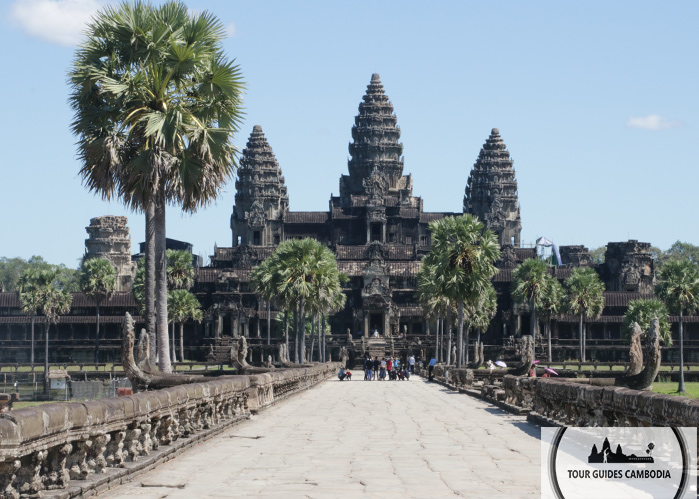
Get your local guide from the crew of TourGuideCambodian.Com will be able to escort you the right place and great for the visiting
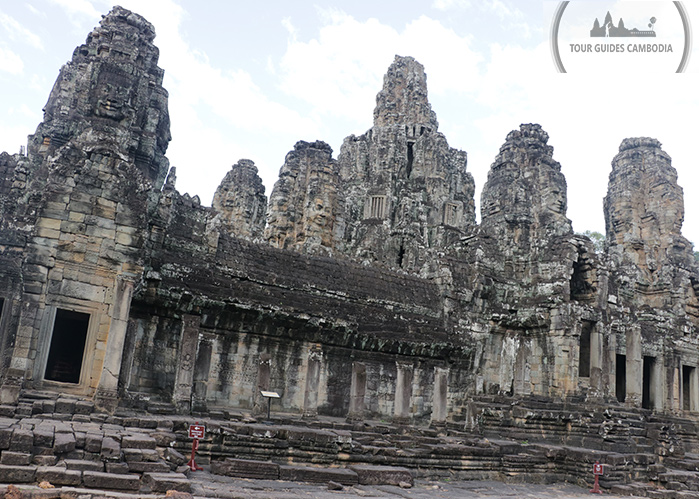
Bayon temple of Cambodia’s Siem Reap waiting for your present there, get your local guide to explore the home of ancient city
Bayon Temple, Smiley of 54 towers and 216 gigantic faces,
Bayon Temple is another significant and stunning temple within the Angkor Archaeological Park in Siem Reap, Cambodia.
Bayon Temple is known for its impressive towers adorned with serene and massive stone faces on each side, thought to represent Bodhisattva Avalokiteshvara or King Jayavarman VII himself. Built in the late 12th or early 13th century by King Jayavarman VII, Bayon Temple originally served as the state temple of the Mahayana Buddhist King.
The intricate bas-reliefs and architectural features of Bayon Temple reflect a mix of Hindu and Buddhist imagery, showcasing scenes of daily life, battles, and religious stories from ancient times. Tourists can explore the corridors, galleries, and central sanctuary of Bayon Temple to admire its unique architecture and learn about its historical and cultural significance within the Angkor complex.
Ta Prohm Temple
located within the Angkor Archaeological Park in Siem Reap, Cambodia, is a captivating temple known for its mystical atmosphere and the intertwining of nature with ancient ruins. Here are some key points about Ta Prohm Temple:
Ta Prohm was built in the late 12th and early 13th centuries and is a classic example of the Khmer temple’s architectural style, with a central sanctuary, multiple galleries, and towering trees growing out of the ruins.
Nature Integration: What sets Ta Prohm apart is the way nature has reclaimed the temple over centuries, with enormous trees such as silk-cotton and strangler figs growing over and through the ruins, providing a mesmerizing sight for visitors.
Popularity: Ta Prohm gained international fame as one of the filming locations for the movie “Lara Croft: Tomb Raider,” further increasing its popularity among tourists.
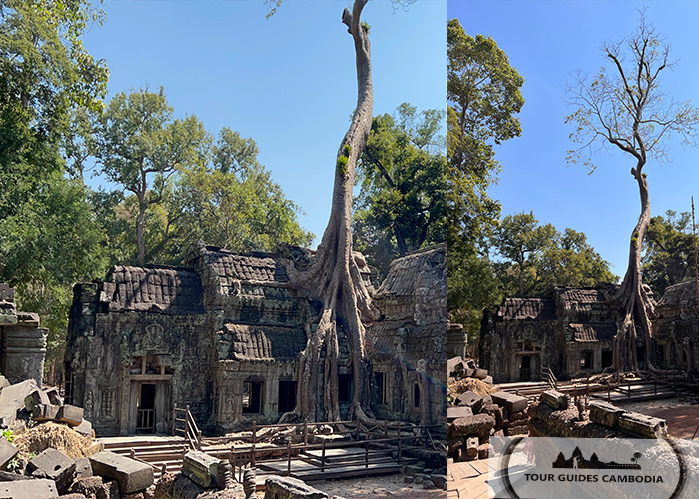
Ta Prohm Temple is Conservation, Efforts are ongoing to balance preservation and restoration with allowing some areas of Ta Prohm to remain in a partially collapsed state, maintaining its unique blend of man-made structures and natural elements.
Visiting Ta Prohm Temple is a must for those exploring the Angkor Archaeological Park, offering a glimpse into the ancient Khmer Empire’s architectural and cultural legacy intertwined with the beauty of nature.
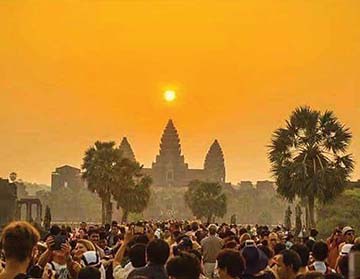
Sunrise view at frontside of Angkor Wat temple of CambodiaTG.Com
Sunset Watching Spots
Watching the sunset in Siem Reap is a magical experience, and there are several beautiful spots where you can enjoy the view. Here are some popular places to watch the sunset in Siem Reap:
1. Phnom Bakheng temple is still the best spot to watch beautiful sunset, This temple mountain offers a panoramic view of the surrounding landscape and is a popular spot to watch the sunset. It does get crowded, so make sure to arrive early.
2. Pre Rup: Another temple located a bit further away from the main Angkor temples, Pre Rup offers a stunning view of the sunset from its elevated position.
While visitor are visiting the small circle tour of Siem Reap then the Bakeng hill is the first chosen
the four temples above are the best one day visiting of Cambodia best temple
PubStreet, Pub Street in Siem Reap is a vibrant and lively area known for its bustling nightlife, numerous restaurants, bars, and street performances. Here are some key points about Pub Street in Siem Reap:
1. Nightlife Hub: Pub Street is the heart of Siem Reap’s nightlife scene, with a wide range of dining options, from local Khmer food to international cuisines.
2. Street Performances: You can often find street performers, live music, and lively entertainment along Pub Street, creating a festive atmosphere.
3. Shopping: Pub Street is also home to various shops and market stalls where you can buy souvenirs, clothing, and handicrafts.
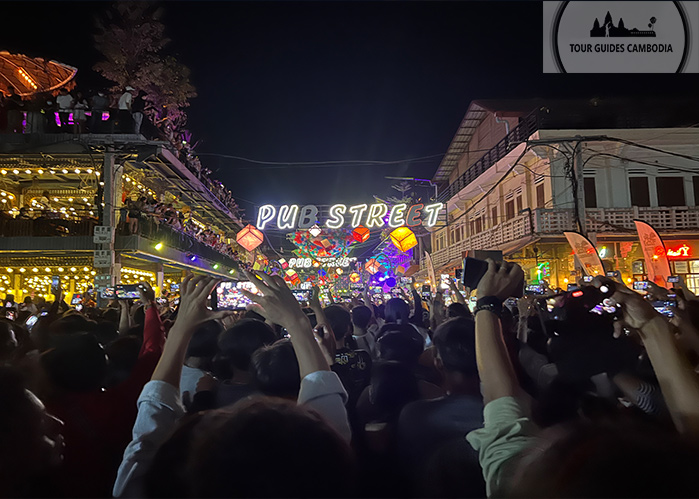
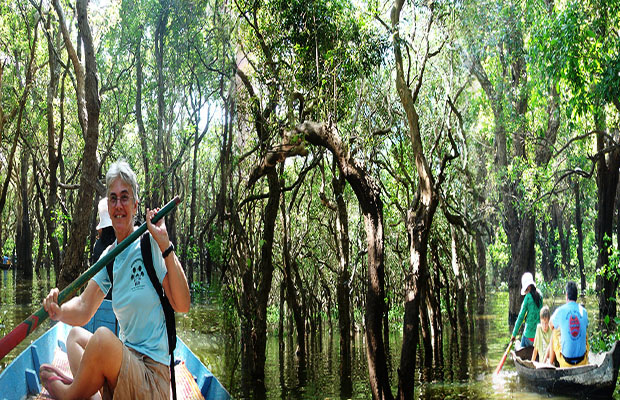
Tonle Sap Lake and the floating village
Visiting a floating village on Tonle Sap Lake is a unique and eye-opening experience that showcases a different way of life in Cambodia.
Tonle Sap Lake and the floating village
Tonle Sap Lake near Siem Reap is home to various floating villages where people live on the water in houses built on stilts. Here are some details about the floating villages on Tonle Sap Lake in Siem Reap:
1. Chong Khneas: Chong Khneas is one of the most accessible floating villages from Siem Reap, where you can take boat tours to see the floating houses, schools, and shops.
2. Kompong Phluk: Kompong Phluk is another popular floating village known for its stilted houses and flooded mangrove forests. Visitors can experience boat tours through the village to witness daily life on the water.
3. Kompong Khleang: Kompong Khleang is the largest floating village on Tonle Sap Lake, offering a more authentic and less touristy experience. Exploring this village provides insight into how the local community adapts to living on the water.
Kulen Temple and Waterfall
Kulen Mountain, or Phnom Kulen, holds great historical and cultural significance in Cambodia. Here is a brief overview of the history of the Kulen Temple waterfall:
1. Sacred Site: Kulen Mountain is considered a sacred site in Cambodia, with historical significance dating back to the Angkorian period. It is believed to be the birthplace of the Khmer Empire by King Jayavarman II in 802 AD, who declared independence from Java, founding the kingdom of Kambuja.
2. Religious Sites: The mountain is dotted with ancient temples, carvings, and statues, showcasing the religious influence and history of the region. Visitors can explore various archaeological sites, including the River of a Thousand Lingas and Preah Ang Thom, a large statue of a reclining Buddha.
3. Kulen Waterfall: The Kulen Waterfall is a natural attraction located on Kulen Mountain, offering a picturesque setting for visitors to enjoy and relax. The waterfall is a popular destination for tourists seeking a refreshing escape from the heat and exploring the natural beauty of the region.
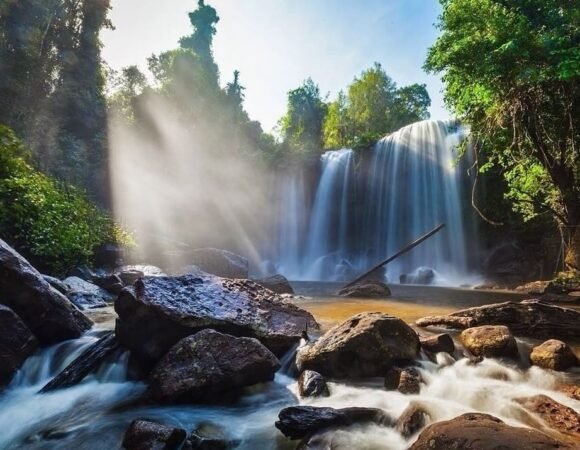
4. Cultural Significance: The area around Kulen Temple waterfall holds cultural significance for local communities and spiritual importance for many Cambodians. It remains an essential site for religious ceremonies and rituals, attracting both tourists and pilgrims looking to experience the historical and natural wonders of Kulen Mountain.
Overall, the history of Kulen Temple waterfall is intertwined with the rich heritage, religious beliefs, and natural beauty of Cambodia, making it a captivating destination for visitors seeking to delve into the country’s past and present.
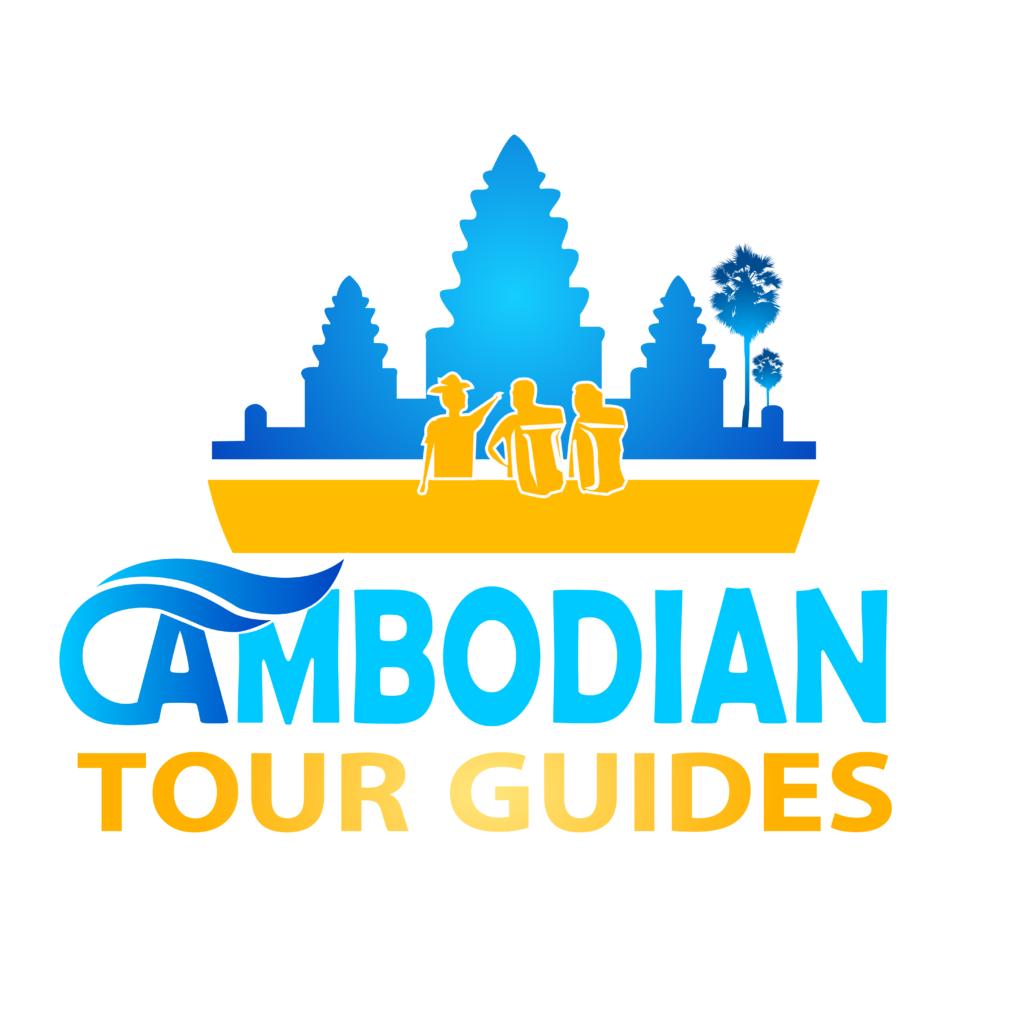


 #118E0, Street 182 Phnom Penh, Cambodia
#118E0, Street 182 Phnom Penh, Cambodia